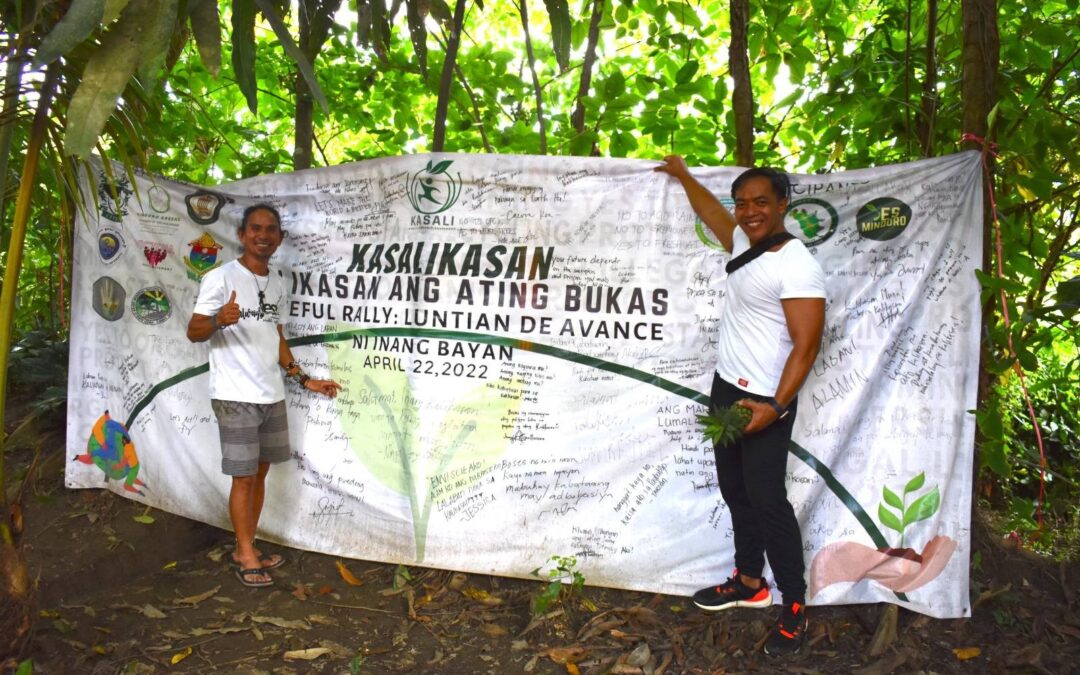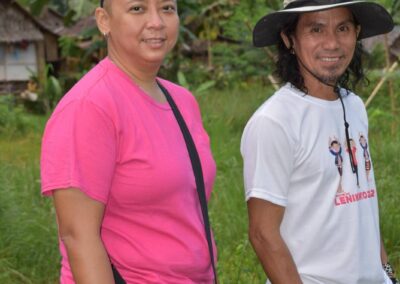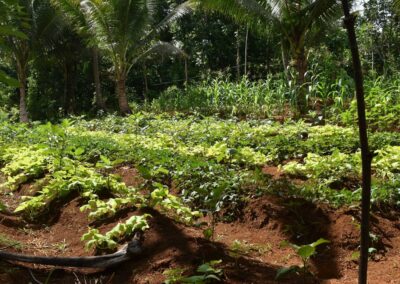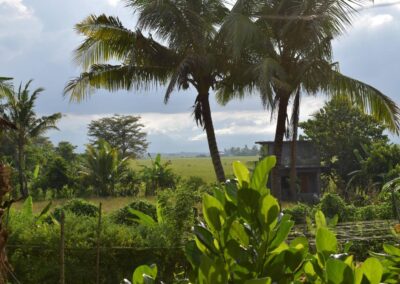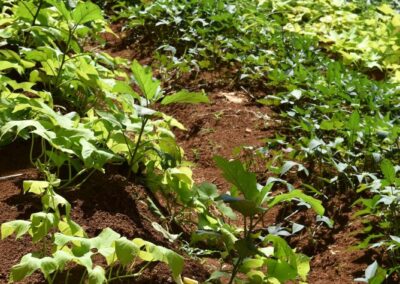It was late April of this year when I met Jon Sarmiento. If you read my previous post, then you would know that Farmer Jon served as our main speaker during a training on regenerative agriculture in Arapal Cebu.
I was so enthused and curious by what he taught us during the training that I wanted to see for myself how Farmer Jon practiced the techniques he taught us. What was the difference between conventional agriculture and what Farmer Jon called the Integrated Diversified Organic Farming System (IDOFS)?
On May 26, 2022, Karen and I went to Victoria, Mindoro with two goals. First, we wanted to see for ourselves Farmer Jon’s farm to see a real-life model of regenerative agriculture. Second, we wanted to further discuss our continuing partnership with Farmer Jon, particularly the after-training support for the attendees of the participants in Cebu. I am happy to report that all our goals were met.
The lush, robust landscape teeming with plants was hard to miss. This farm is clearly endowed. It was bordered by a river so it is abundant with clean water, a resource that is essential for a thriving farm. We had to cross a bamboo bridge to get to the farm’s entrance.
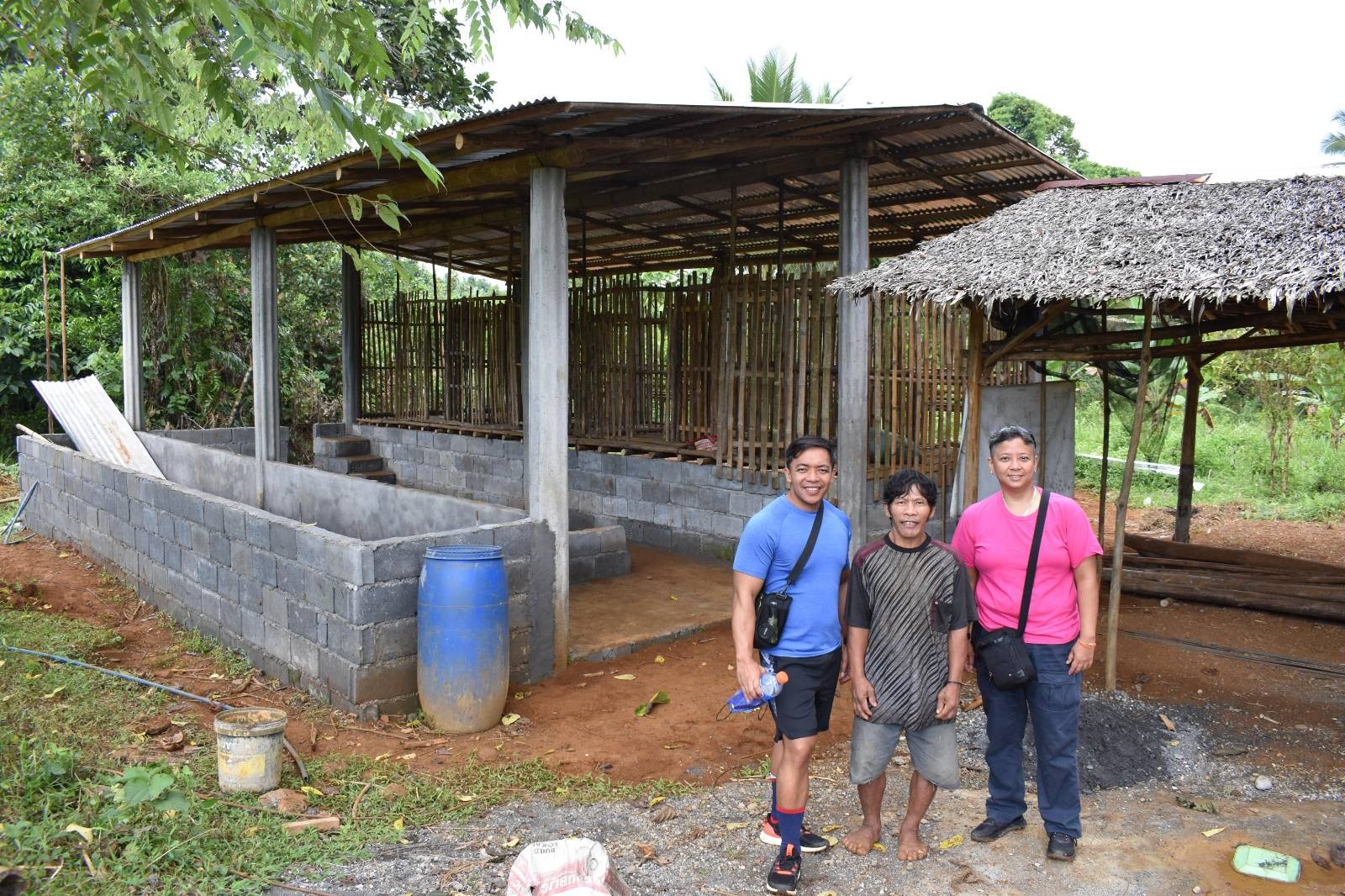

On May 26, 2022, Karen and I went to Victoria, Mindoro with two goals. First, we wanted to see for ourselves Farmer Jon’s farm to see a real-life model of regenerative agriculture. Second, we wanted to further discuss our continuing partnership with Farmer Jon, particularly the after-training support for the attendees of the participants in Cebu. I am happy to report that all our goals were met.
The lush, robust landscape teeming with plants was hard to miss. This farm is clearly endowed. It was bordered by a river so it is abundant with clean water, a resource that is essential for a thriving farm. We had to cross a bamboo bridge to get to the farm’s entrance.
As we entered Kuatro Marias Eco Farm, named after Jon’s four daughters, we already felt a refreshing forestry vibe. This, Jon explains, is the “microclimate”, technically defined as “an area in which the weather is usually different from the areas around it”.[1]https://dictionary.cambridge.org/dictionary/english/microclimate Inside the farm, it is noticeably cooler, thanks to the shade of the many trees and tall bushes growing. There was a huge diversity of plants and trees growing here. So many, in fact, that I could only identify a few of them.
Inside the farm, there is not one tree or plant that dominates the place. Just like what Jon illustrates during the training, his farm is indeed a display of diversity. Jon soon explained to us that the trees and plants inside the farm were a sort of an intentional collection that he gathered from his travels.
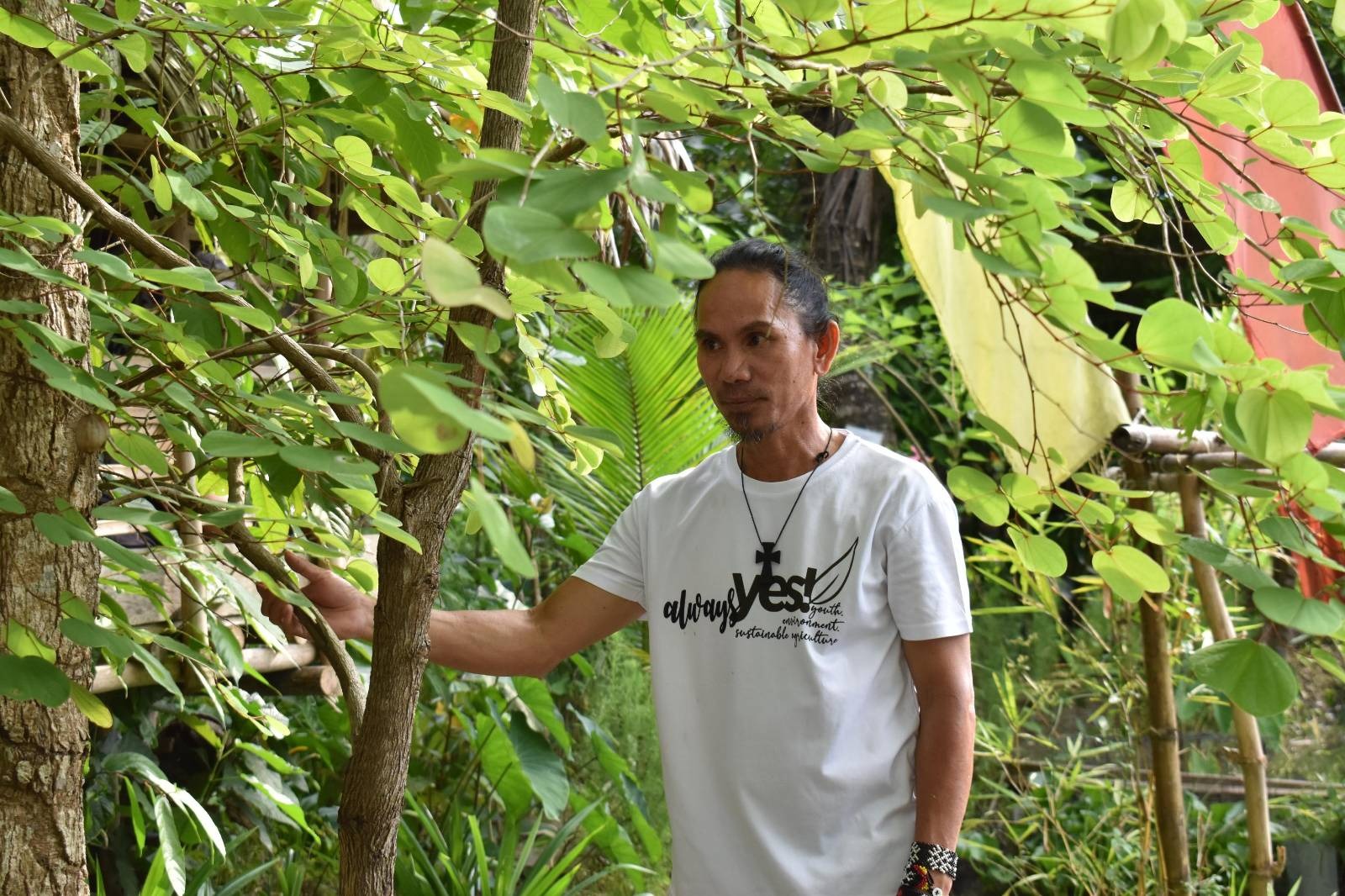
Whenever he goes to places of friends, and because he’s known as a native tree enthusiast, he’d be gifted with trees. If he learns of a crop variety or a tree with characteristics that he sees useful in his farm, he makes sure to bring home some. This, he says, is the demonstration of the core principles surrounding regenerative agriculture— being intentional and mindful of the future.
Regenerative agriculture is a perspective that takes into account what is currently happening while planning for what is to come.
“While climate change is urgent,” he said, “the collection of plants and trees that you grow in your forest farm should take into account how these can impact the future.” Regenerative agriculture is a perspective that takes into account what is currently happening while planning for what is to come.
I witnessed how this principle was applied at the Kuatro Marias Farm. The decision to shift to organic farming from the industrial model was borne out of Jon’s love for his daughters. He wanted to give the best quality, and most unadulterated produce to his children. He reminded us of his experience from childhood where his parents would sell their best produce leaving only the rejected ones for family consumption. He said that this was what he wanted to change now that he has four daughters.
One last take away from this experience was learning that regenerative agriculture is founded on a core guide which is the conscious implementation of biodiversity. The variety of plants in Jon’s farm creates a balanced ecosystem and thus, allows it to thrive better. It is also more resilient to natural calamities.
Jon recalls, “Whenever a typhoon hits us, and sometimes it really hits us hard, you can see the damage for a couple of weeks, and then my farm starts to regenerate. This isn’t the same with my neighboring farms who are doing monocropping— farmers will take months or even years to recuperate.”
Efren is a social worker by profession and has held a variety of roles throughout his career. He currently serves as Program Manager for Global Seed Savers Philippines.
Efren sees his new role as an opportunity to continue his commitment and life-long dedication as a social worker to anti-oppressive practice and social justice.
